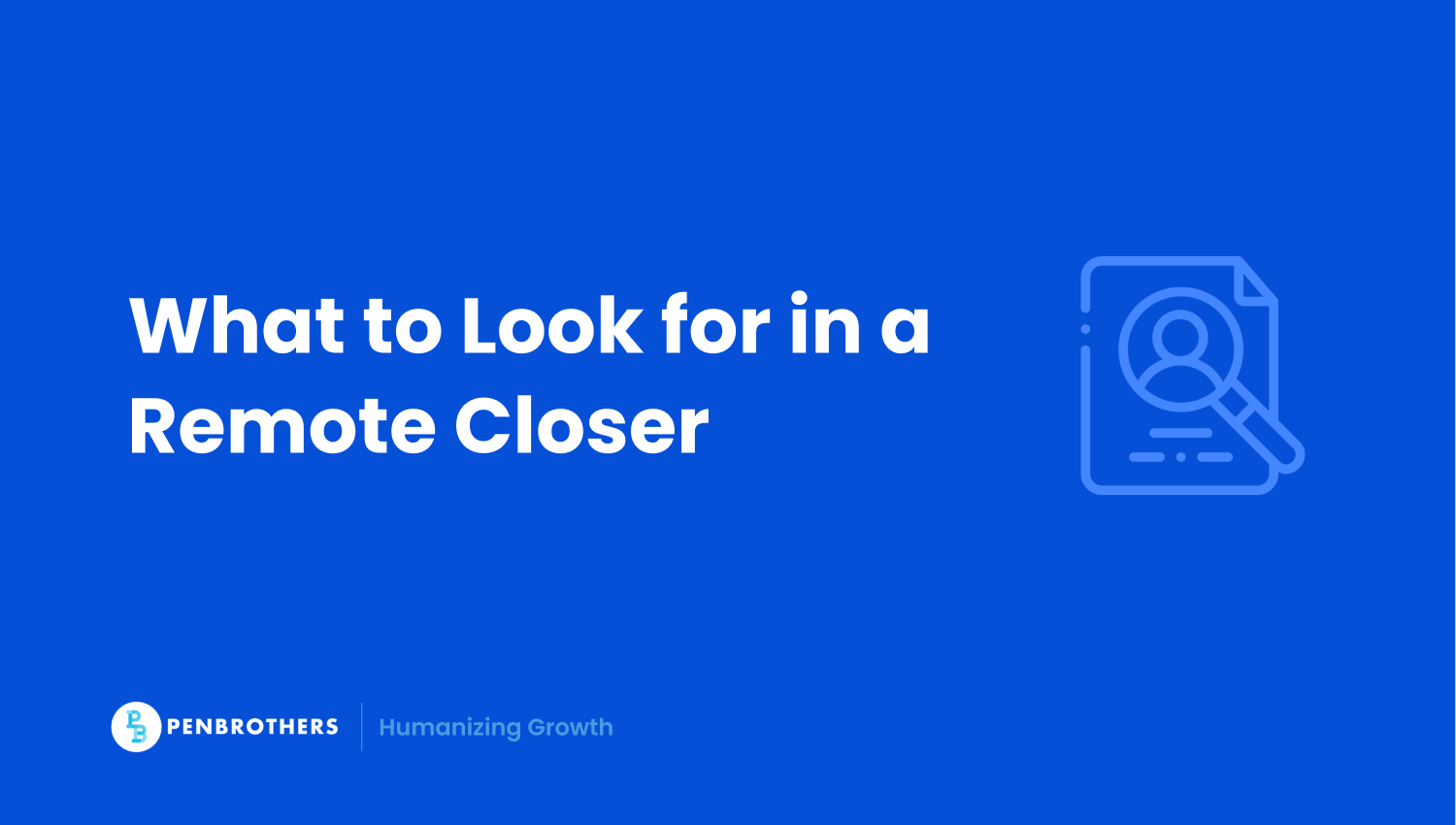What's Inside?
Insubordination: How Employers Balance Compliance and Culture

Insubordination used to be a clear-cut issue: an employee refuses to obey a lawful and reasonable order. Today, the dynamics of remote and hybrid work, mental health challenges, and evolving employee expectations complicate the picture. This guide unpacks what insubordination really looks like in modern workplaces, why it happens, and how employers can balance legal compliance with a strong workplace culture.
Key Takeaways
- The Definition is Specific and Narrow: True insubordination is the willful refusal to obey a clear, reasonable, and lawful directive from a person in authority. It is distinct from poor performance, questioning a decision, or cultural miscommunication, and mislabeling these can create legal risks.
- Look for the Root Cause Before Acting: What appears to be insubordination in a modern workplace is often a symptom of deeper issues like disengagement, burnout, or miscommunication, particularly in remote settings. Smart employers investigate the “why” behind the behavior before initiating disciplinary action.
- Documentation Must Be Meticulous and Specific: To build a defensible case, documentation must be bulletproof. It requires a written record of the specific directive, proof the employee understood it, and a clear timeline of the non-compliance. Vague notes about a “bad attitude” are legally worthless.
- Offshore Teams Operate Under Different Legal Rules: Employers cannot apply their home country’s employment laws (like US “at-will” employment) to their international teams. For example, Philippine labor law requires due process—including notice and a chance to respond—before termination, even in clear cases of insubordination.
What Actually Counts as Insubordination (and What Doesn’t)
At Penbrothers, we’ve reviewed hundreds of insubordination cases, and the confusion around what actually qualifies is staggering. Managers label everything from missed deadlines to eye-rolling as insubordination, but the legal definition is much more specific.
True insubordination requires three elements:
A clear, reasonable directive from someone with authority. “Please have this report done by Friday” qualifies. “Be more positive” does not.
Willful refusal or failure to comply. The key word is willful. An employee who misses a deadline due to competing priorities isn’t insubordinate. An employee who says “I’m not doing that” absolutely is.
The directive must be job-related and legal. You can’t fire someone for refusing to work unpaid overtime or declining to do something outside their role.
What looks like insubordination but isn’t:
Questioning a decision or asking for clarification. “Why do we need this by tomorrow?” is not insubordination. It’s engagement.
Raising concerns through proper channels. An employee who files a complaint about working conditions or goes to HR about a problematic manager is protected, not insubordinate.
Performance issues. Missing goals, making mistakes, or struggling with skills gaps are performance problems, not insubordination.
Cultural miscommunication. I’ve seen Filipino team members labeled as insubordinate for being indirect in their communication style. That’s cultural difference, not defiance.
The distinction matters because mislabeling protected activity or performance issues as insubordination can create legal liability and destroy team trust.
Insubordination in Remote and Hybrid Workforces
In distributed teams, insubordination doesn’t always show up in traditional ways. An employee ignoring a Slack message, failing to attend a Zoom call, or delaying deliverables without context may appear insubordinate. Delays in communication, breakdowns in context, and misunderstandings become more common in remote setups.
Key Considerations:
- Asynchronous work requires clearer expectations.
- Tone and intent are harder to interpret digitally.
- Standard definitions of misconduct must evolve to include digital behavior nuances.
When Insubordination Is Disengagement, Miscommunication, or Burnout
Many acts labeled as insubordination are really symptoms of deeper issues. A chronically late employee might be overworked. Someone refusing an assignment may feel unsafe, raising workload concerns.
Differentiating Factors:
- Is this a one-time incident or a pattern?
- Has the employee raised concerns in the past?
- Are they avoiding work or avoiding confrontation?
Action Tip: Analyze engagement scores, check-in reports, and performance trends before taking disciplinary action.
The Role of Leave and Benefits in Preventing Insubordination
Rigid or unclear leave policies often create friction that escalates into conflict. If employees don’t feel safe or supported in taking time off, they may act out through noncompliance.
Preventive Strategies:
- Ensure sick leave and mental health policies are well-communicated.
- Review whether team norms discourage taking breaks.
- Address absenteeism concerns early, not after patterns emerge.
When policies reflect employee needs, fewer confrontations occur.
Progressive Discipline That Reinforces Culture (Not Fear)
Discipline can either correct behavior or break trust. The difference lies in intent and process.
Best Practices:
- Use a tiered approach: verbal warning > written warning > coaching > PIP > termination.
- Offer second chances through structured coaching.
- Reinforce accountability, not fear.
Create a decision matrix that guides managers when to escalate, when to listen, and when to reconsider the label of insubordination altogether.
Building an Airtight Case: The Documentation That Actually Holds Up
Most insubordination cases fail not because the behavior didn’t happen, but because the documentation is insufficient.
The documentation that actually matters:
Written records of the specific directive given. Not “I told them to improve their attitude,” but “On March 15, I directed Sarah to submit weekly status reports by 5 PM each Friday.”
Evidence that the employee understood the directive. Email confirmations, meeting notes, or acknowledgment in team chats. If they claim they didn’t understand, you need proof they did.
Clear timeline of the refusal or non-compliance. Timestamps matter. “Missed deadline” is weak. “Received directive at 9:15 AM, confirmed understanding at 9:22 AM, deadline missed at 5 PM with no communication” is bulletproof.
Witness statements when possible. Other team members who heard the directive or witnessed the refusal add credibility.
What won’t save you:
Vague performance notes. “Sarah has a bad attitude” proves nothing.
Hearsay. “Other people say she’s difficult” doesn’t qualify as evidence.
Patterns without specifics. “This always happens” without documented instances is worthless.
The remote work twist:
Digital evidence can actually be stronger than in-person incidents. Slack messages, email threads, and project management tools create automatic timestamps and paper trails. But respect privacy laws. You can’t secretly record video calls or access personal devices.
I always tell managers: document like you’re going to court, because you might be.
Rebuilding Trust After Insubordination
If an employee remains after an insubordination case, reintegration is critical.
Steps to Rebuild:
- Hold a reset conversation to clarify expectations.
- Reassign tasks to reduce friction.
- Communicate with the team transparently but professionally.
If termination occurs, communicate the reasoning carefully to avoid damaging morale.
When You Can Fire Immediately (and When You Absolutely Cannot)
The question I hear most from frustrated managers: “Can I just fire them now?” The answer depends on factors most people don’t consider.
Immediate termination is legally defensible when:
The insubordination involves safety violations. Refusing to wear required PPE or ignoring safety protocols puts everyone at risk.
It’s egregious misconduct. Verbal abuse, threats, or deliberately sabotaging work crosses the line from insubordination to misconduct.
Your handbook clearly states that certain behaviors result in immediate termination. But it must be consistently applied. You can’t suddenly enforce a rule you’ve ignored for months.
The employee admits to willful refusal. “I’m not doing that, and you can’t make me” is pretty clear evidence.
You need progressive discipline when:
It’s a first offense without safety implications. Most courts expect you to give employees a chance to correct their behavior.
The directive was unclear, or the employee had legitimate confusion. Immediate termination looks like retaliation.
There are cultural or language barriers. What looks like defiance might be misunderstanding.
The offshore complication:
Philippine labor law requires “due process” even for just cause terminations. This means written notice, chance to respond, and investigation. Immediate termination without following these steps can result in wrongful dismissal claims, even if the insubordination was clear-cut.
I’ve seen US companies assume they can apply at-will employment principles to their Philippine teams and end up facing expensive labor cases. The legal framework is different, and the cultural expectation is that termination follows a fair process.
Bottom line: Immediate firing feels satisfying, but often creates more problems than it solves. Document well, follow your progressive discipline policy, and consult legal counsel for serious cases.
Legal Guardrails Without Culture Trade-Offs
Legal frameworks exist to protect both employer and employee rights. For global teams, this includes compliance with labor laws across jurisdictions.
Key Legal Points:
- Section 7 of the NLRA protects concerted activity.
- Recent rulings allow employers to discipline abusive behavior even in protected scenarios.
- Mislabeling protected activity as insubordination can lead to legal risk.
Work with legal advisors to ensure your policies define insubordination clearly and avoid ambiguity.
Insubordination Isn’t About Designing a Resilient Culture
Managing insubordination in today’s workplace, especially with hybrid and remote teams, requires more than just a legal handbook. It demands a nuanced approach that considers evolving employee expectations, local labor laws, and the cultural dynamics of distributed teams.
As an employer, striking the right balance between firm compliance and a culture of psychological safety is not just good leadership. It’s risk mitigation. And when managing remote teams across borders, this balance becomes even more critical.
That’s why many global companies choose to partner with compliance-ready HR experts in the Philippines. With a deep understanding of local labor laws, cultural nuances, and the realities of virtual team management, they offer more than just support. They help you build a high-trust, high-performance workforce while staying fully compliant.
Looking to manage misconduct confidently and shape a workplace culture built on clarity and fairness? Partner with trusted HR and compliance experts in the Philippines to get it right from day one.
Frequently Asked Questions
Insubordination has three specific elements: a clear, reasonable, and lawful directive was given by a person in authority; the directive was job-related; and the employee willfully refused or intentionally failed to comply. An unintentional mistake or a lack of capability is considered a performance issue, not insubordination.
No. Asking for clarification, questioning a decision, or raising concerns through proper channels (like HR) is generally considered employee engagement and is often a protected activity. It is not the same as willfully defying a direct order.
The recommended best practice is to use progressive discipline. This is a tiered process that usually starts with a verbal warning, escalates to a written warning, and may include coaching or a Performance Improvement Plan (PIP) before termination is considered. Every step must be meticulously documented.
Immediate termination is legally defensible only in serious cases, such as those involving safety violations, threats, verbal abuse, deliberate work sabotage, or an explicit and admitted willful refusal to perform a task. For most first-time offenses, a progressive discipline approach is expected.
No, this is a critical distinction. You cannot apply your home country’s laws, such as US “at-will” employment. Philippine labor law requires “due process” before termination, even for a just cause like insubordination. This involves providing written notice of the offense, giving the employee an opportunity to respond, and conducting an investigation before making a final decision.
*This article was crafted with the support of AI technology and refined by a human editor.





